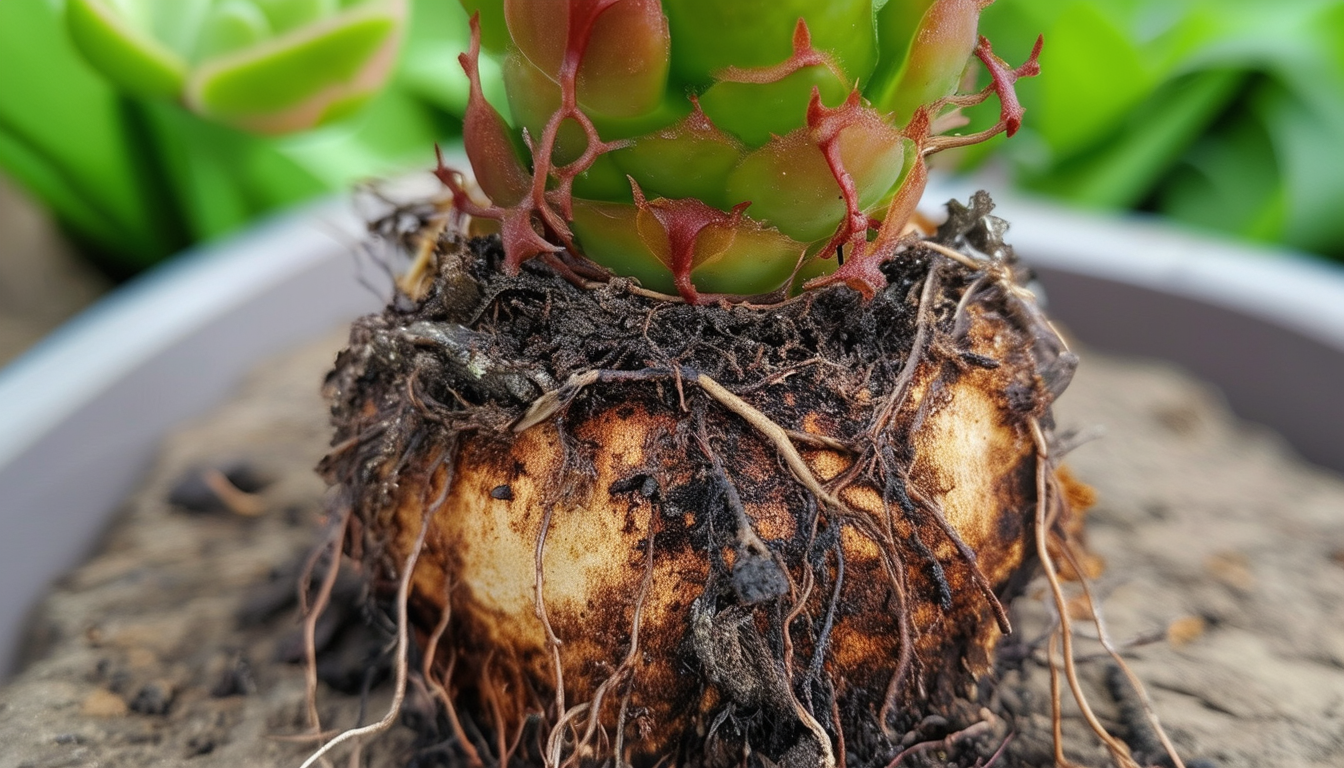
Ensure your roses bloom beautifully by pruning Hybrid Tea and Floribunda varieties before new growth begins.
The Importance of Timely Pruning for Hybrid Tea and Floribunda Roses
Pruning your Hybrid Tea and Floribunda roses at the right time is crucial for their health and bloom quality. By pruning before new growth begins, you allow the plant to focus its energy on producing robust new stems and vibrant flowers. This timely intervention helps in removing dead or diseased wood, which can otherwise harbor pests and diseases.
Moreover, well-pruned roses have better air circulation and sunlight penetration, reducing the risk of fungal infections. Properly timed pruning also encourages the plant to produce more flowers, making your garden a beautiful and fragrant haven throughout the blooming season.
5 Step Guide to Pruning Hybrid Tea Roses
1. **Gather Your Tools**: Before you start, ensure you have sharp and clean pruning shears, gloves, and disinfectant for the tools. Clean cuts are essential to prevent disease.
2. **Identify Dead and Diseased Wood**: Remove any dead, diseased, or damaged wood first. Cut back to healthy tissue, making sure your cuts are at a 45-degree angle.
3. **Shape the Plant**: Focus on shaping the rose bush by cutting back the main stems to about 12-18 inches high. This encourages a good structure and healthy new growth.
4. **Remove Crossing Branches**: Any branches that cross or rub against each other should be removed. This prevents wounds that can become entry points for diseases.
5. **Final Clean-Up**: Once you've finished pruning, clean up the fallen leaves and cuttings around the base of the plant to prevent the spread of diseases.
5 Step Guide to Pruning Floribunda Roses for Optimal Growth
1. **Prepare Your Tools**: Have your pruning tools ready—sharp shears, gloves, and disinfectant. Clean tools make clean cuts, which are crucial for plant health.
2. **Remove Dead and Damaged Wood**: Start by cutting away any dead, damaged, or diseased stems back to healthy wood. This step ensures the plant's energy is directed toward healthy growth.
3. **Cut Back Main Stems**: Prune the main stems back to about one-third of their height. This encourages a bushier growth habit, which is ideal for Floribundas.
4. **Thin Out the Center**: Remove any stems growing towards the center of the plant to improve air circulation and light penetration, which helps in reducing disease risk.
5. **Clean Up**: After pruning, clean up the debris around the plant to minimize disease risks and give your rose bush a tidy appearance.
Common Mistakes to Avoid When Pruning Roses
One common mistake is pruning at the wrong time. Always prune before new growth starts in early spring to ensure the plant can heal and grow robustly. Another mistake is using dull or dirty tools, which can cause ragged cuts and introduce diseases.
Avoid cutting too close to the bud or leaving too much stem above it. Both can hinder the plant's ability to produce healthy new growth. Lastly, don't forget to remove all debris from around the plant after pruning to prevent pest and disease problems.
Common Issues, Pests & Diseases for Floribundas & Hybrid Teas
Floribundas and Hybrid Tea roses can be susceptible to several issues, including black spot, powdery mildew, and rust. Regular pruning helps in preventing these diseases by improving air circulation and sunlight exposure.
Pests like aphids, spider mites, and rose slugs can also be a problem. Keeping your roses healthy through proper pruning, feeding, and watering can significantly reduce the risk of infestation. Regularly inspect your plants and use appropriate organic or chemical controls when necessary.
Best Varieties of Floribundas/Hybrid Teas & Why
For Hybrid Teas, varieties like 'Peace', 'Mr. Lincoln', and 'Double Delight' are popular for their large, classic blooms and strong fragrances. These varieties are known for their stunning appearance and reliable performance in gardens.
Floribunda varieties such as 'Iceberg', 'Julia Child', and 'Bonica' are favored for their abundant blooms and disease resistance. These roses are excellent for creating colorful, long-lasting displays in your garden.
Frequently Asked Questions on Hybrid Teas & Floribundas
When should you prune hybrid tea roses? Prune them in early spring before new growth begins, as this timing allows the plant to focus its energy on developing strong, healthy stems and vibrant blooms for the upcoming season.
When should I cut back floribunda roses? Similar to Hybrid Teas, cut them back in early spring to ensure that the plant can channel its resources into producing a lush display of flowers as the weather warms.
How do you prune roses for second bloom? Deadhead spent blooms and lightly trim the plant to encourage a second flush of flowers, which helps maintain the plant's overall health and appearance throughout the growing season.
When to cut roses back in the US? The best time is in late winter to early spring, depending on your climate zone, as this period allows the plant to recover and prepare for a robust blooming cycle.
What is the difference between hybrid tea rose and floribunda? Hybrid Teas produce single, large blooms on long stems, making them ideal for cutting, while Floribundas produce clusters of smaller blooms, offering a more abundant and colorful display in the garden.
Should you deadhead hybrid tea roses? Yes, deadheading promotes more blooms and keeps the plant tidy, ensuring that it continues to produce beautiful flowers throughout the season.
Should I deadhead floribunda roses? Yes, it encourages continuous blooming, allowing the plant to maintain its vibrant appearance and maximize its flowering potential.
How fast do floribunda roses grow? They typically grow rapidly in the first few years, reaching their mature size in 2-3 years, which allows gardeners to enjoy their full beauty relatively quickly.
What is the best floribunda rose? 'Iceberg' is widely considered one of the best for its prolific blooms and disease resistance, making it a reliable choice for gardeners seeking a hardy and attractive rose.
What is the 5 leaf rule for roses? It refers to cutting back to a leaf set with five leaflets when deadheading to encourage new blooms, as this practice helps direct the plant's energy towards producing more flowers.
Should you prune new growth on roses? Only if it's weak or damaged; otherwise, let it grow to ensure the plant develops strong, healthy branches that can support abundant blooms.
What happens if you don't deadhead roses? The plant may produce fewer blooms and more hips (seed pods), diverting energy from flower production and potentially reducing the overall floral display.
How far to cut back Hybrid Tea roses? Typically, to about 12-18 inches in height, depending on the plant's size and age, to promote a strong framework for new growth and flowering.
Why are Hybrid Tea roses so hard to grow? They can be susceptible to diseases and pests, requiring more care and attention to maintain their health and ensure a successful blooming season.
When to prune floribunda roses? Prune them in early spring before new growth starts, allowing the plant to focus on developing a robust structure and abundant flowers.
What is the lifespan of a hybrid tea rose? With proper care, they can live for many years, often decades, providing gardeners with long-lasting beauty and enjoyment.
Why has my rose got seven leaves? It's likely a shoot from the rootstock, which should be removed to maintain the plant's health and ensure that the desired rose variety thrives.
What is the best fertilizer for hybrid tea roses? A balanced rose fertilizer with equal parts of nitrogen, phosphorus, and potassium works well, supporting healthy growth and vibrant blooms.
Are Floribunda roses repeat bloomers? Yes, they bloom continuously throughout the growing season, offering a consistent display of color and beauty in the garden.
How long does it take roses to rebloom after deadheading? Typically, it takes about 4-6 weeks for new blooms to appear, allowing gardeners to enjoy multiple flowering cycles each season.
Do Floribunda roses grow tall? They usually grow to about 2-3 feet tall, but some varieties can reach up to 5 feet, providing a range of options for different garden spaces.
What is the difference between floribunda and hybrid tea roses? Floribundas produce clusters of blooms, creating a fuller display, while Hybrid Teas have single, large flowers on long stems, ideal for cutting.
How to deadhead a hybrid tea rose? Cut back to the first set of five leaflets below the spent bloom, which encourages the plant to produce new flowers and maintain its overall health.
How high does a hybrid tea rose grow? They typically reach about 3-6 feet in height, depending on the variety, offering a striking presence in the garden.
How and when to prune hybrid tea roses? Prune in early spring, cutting back to about 12-18 inches and removing dead or weak stems to promote healthy growth and abundant blooms.
What happens if you don't cut roses? They may become overgrown and produce fewer blooms, reducing their overall beauty and health.
How to deadhead floribunda? Cut back to the first set of five leaflets below the spent bloom to encourage new flowers, ensuring a continuous display of vibrant blooms.



